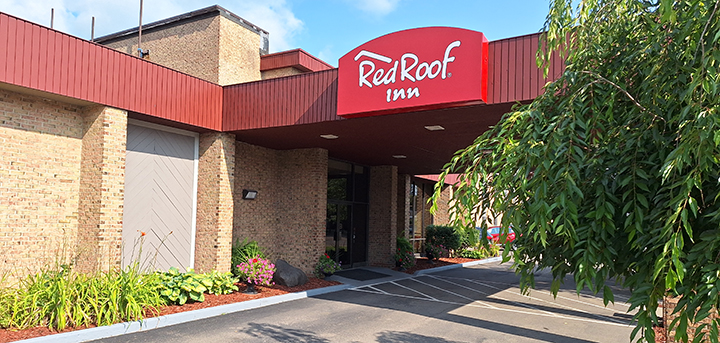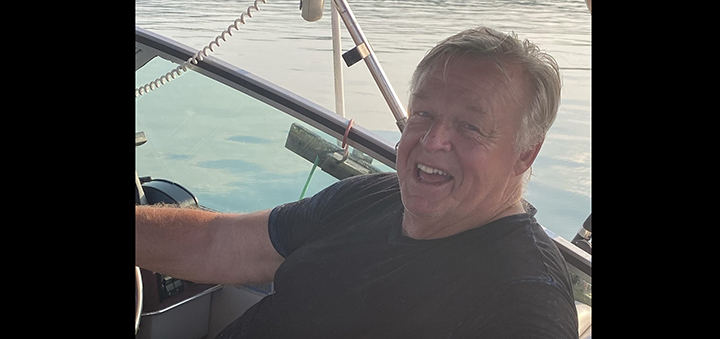Enjoyable Boat Trips Start With Planning
Published:
July 25th, 2013
By:
Josh Sheldon

The river is about ready for float trip enthusiasts. For this week, I have decided to skip the follow-up dog training article, and replace it with an informative column on boat trips.
To have an enjoyable and safe boating trip requires much more than a couple of people, a boat, some oars and water. There are many variables that need be accounted for to make your trip an enjoyable one. I’ve had my share of boat trips gone bad, and can help prevent you from getting the boating blues.
Lake voyages are easy to fix if you have forgotten something. You can simply return to shore, and either borrow, head home or make your way to the store for forgotten equipment. I recommend making a check list, this will help to prevent leaving home without an important piece of equipment.
River trips are quite different, as once you set off it’s almost impossible to turn around and go back to most launch sites. Even worse, you can be stranded on the water after dark if you haven’t managed your time properly. These issues are probably more common than you may think. Most river rats I know have experienced an after dark float, or have been eaten alive by mosquitoes because they have forgotten their bug spray. The weather is also a big issue on a river float; if you haven’t accounted for it you can be stranded, or have to proceed under dangerous conditions.
Knowing what gear you need to tote can either make or break your trip. I recommend starting with safety equipment, life vests, throw ropes, whistles and signal flags. You may then move on to the less essential pieces of gear such as food, water, sun screen and bug spray. Although leaving behind the latter mentioned items can create quite the uncomfortable trip; your life may depend on the safety items you pack. Safety includes your weather check, planning and time management of the trip, for many reasons.
Lake and river trips require a lot of the same gear to be safe and happy on the water, but because you may be stranded on a river there are a few additional pieces of equipment I recommend you pack. I highly recommend bringing along some lashings and a tarp. If you find yourself caught in heavy rain, you may erect a temporary shelter to shield everyone from the deluge. I also recommend attaching your oar to the boat with a piece of rope, or packing an extra to prevent or replace one that has been lost. You can never guarantee reaching your extraction point, for this reason be sure to bring fire starting tools that can be used when wet. In the event of an unexpected overnight camp, fire is your best friend.
I always pack more food and water than I feel necessary for the given trip. The sun beating down on you all day can dehydrate you rather quickly, especially under exertion from rowing or paddling. Your fluid requirements are greatly increased under such conditions, and can reach a gallon on a hot day on the water. The sun is especially unkind to the skin on the water, a high SPF sunscreen will be necessary on extended trips. For powder white folks like myself, sunscreen is essential in preventing becoming a darker shade of red. Bug juice of some type is particularly necessary on river trips; unlike lakes there tends to be less wind in the river channel. This lack of moving air, coupled with a higher number of these biting pests due to the close proximity to vegetation, can make your trip absolutely unbearable. I still recommend bringing it along on lake trips, although it isn’t typically needed.
Many of us remember the days before cell phones. Back then you had no choice but to rough it if found in a precarious position. We are now able to call for help, get extracted or let someone know you are stranded but safe and will be home in the morning. I carry several zip-seal bags, and keep my phone inside them to prevent swamping it. You are also able to keep track of the weather with most smart phones, and this can help you decide when to get out of Dodge.
The last pieces of gear are not essential, but can make a trip more comfortable. A hat helps to keep the sun off of your head, and can help keep the sun out of your eyes. On hot days I like to dip mine into the water every few minutes to help keep cool. Sunglasses are also recommended to prevent eye strain. I put a float on mine now because I have sunk so many pairs, and had to spend the rest of the trip squinting. A light wind breaker can serve multiple purposes. Besides breaking the wind, they are also useful in protecting you from the sun and can shed rain if caught in a storm. I typically use them on cooler days, but have found them to be quite useful throughout the season.
Before heading out you should inform a few people of your float plan. In the event you don’t show up on time, they can call for help and give an idea of where you were headed and what time you left. This information can help rescuers pinpoint your location much more quickly, and possibly save your life. It’s also a good idea to go through a few worse case scenario drills. If this is your first outing with a new person, it’s a good idea to talk through rescue techniques. You should then assess everyone physical abilities, and make your trip plan based on the weakest member of the group before heading out.
Water trips can be fun and provide great experiences while hiding the dangers that lie beyond the water line. To be prepared is to be safe and comfortable, never just head out as it’s a recipe for disaster. I plan on heading down river from the Norwich High School launch within the next week, and extracting at the Halfway House Bridge. If you have a family to support or people depending on you, I recommend waiting until I report on the conditions, due to the recent flooding. I will be able to give advice on avoiding the dangerous spots. Good wishes and have fun and safe time on the water.
Author: Josh Sheldon - More From This Author
Comments










